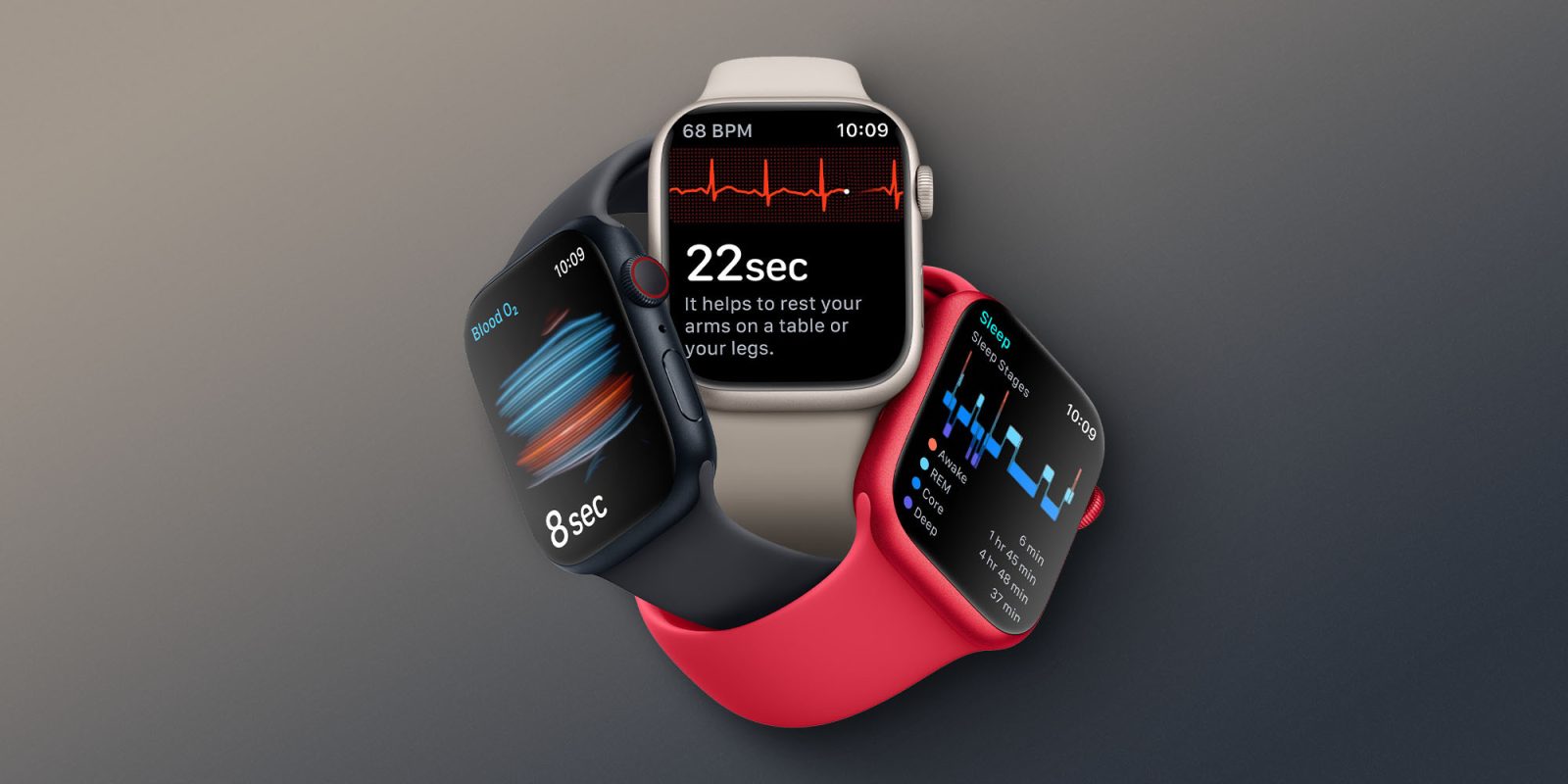
New research on Apple Watch’s health features is emerging at a rapid pace. Researchers from a coalition including Duke University and Northwestern University have published the results of a study that aimed to find whether Apple Watch could be used to predict the pain of people with sickle cell disease.
Using Apple Watch to predict pain
As explained by the researchers, sickle cell disease is a genetic red blood cell disorder that is associated with a number of severe complications. This includes things such as chronic anemia, stroke, and vaso-occlusive crises (VOCs). In particular, VOCs are “unpredictable, difficult to treat, and the leading cause of hospitalization.”
With this study, the researchers set out to use Apple Watch data and machine learning to “help us better understand the pain experience and find trends to predict pain from VOCs.”
- Determine the feasibility of using the Apple Watch to predict the pain scores in people with sickle cell disease admitted to the Duke University SCD Day Hospital, referred to as the Day Hospital.
- Build and evaluate machine learning algorithms to predict the pain scores of VOCs with the Apple Watch.
To collect data for the study, researchers at Duke University’s Day Hospital approached patients with sickle cell disease who had been admitted for a VOC, and asked if they’d like to participate in the study. This data collection occurred between July 2021 and September 2021:
Those who agreed to partake in the study were given an Apple Watch Series 3 that they wore for the duration of their visit. Apple Watch collected data including heart rate, heart rate variability (calculated), and calories.
Pain scores and vital signs were collected from the electronic medical record. Researchers then combined the data and applied multiple machine learning models to analyze whether these techniques may help patients and physicians better understand the pain experience and find trends to predict pain from VOCs.
Data were analyzed using 3 different machine learning models: multinomial logistic regression, gradient boosting, and random forest, and 2 null models, to assess the accuracy of pain scores. The evaluation metrics considered were accuracy (F1-score), area under the receiving operating characteristic curve, and root-mean-square error (RMSE).
We enrolled 20 patients with sickle cell disease, all of whom identified as Black or African American and consisted of 12 (60%) females and 8 (40%) males. There were 14 individuals diagnosed with hemoglobin type SS (70%). The median age of the population was 35.5 (IQR 30-41) years. The median time each individual spent wearing the Apple Watch was 2 hours and 17 minutes and a total of 15,683 data points were collected across the population. All models outperformed the null models, and the best-performing model was the random forest model, which was able to predict the pain scores with an accuracy of 84.5%, and a RMSE of 0.84.
As highlighted by MyHealthyApple, the study shows that Apple Watch can be “very useful for both patients and caring physicians.” The researchers found that Apple Watch is a “novel and feasible approach and presents a low-cost method that could benefit clinicians and individuals with sickle cell disease in the treatment of VOCs.”
“The strong performance of the model in all metrics validates feasibility and the ability to use data collected from a noninvasive device, the Apple Watch, to predict the pain scores during VOCs,” the researchers explain.
You can find more details on the study on the National Library of Medicine website.
Follow Chance: Twitter, Instagram, and Mastodon
FTC: We use income earning auto affiliate links. More.



